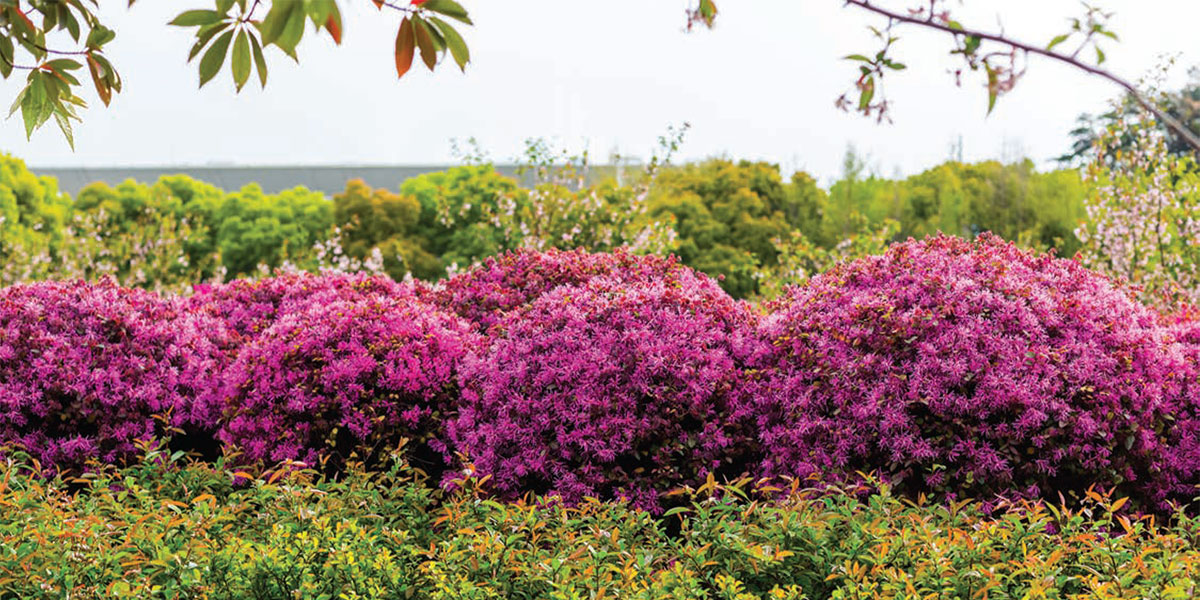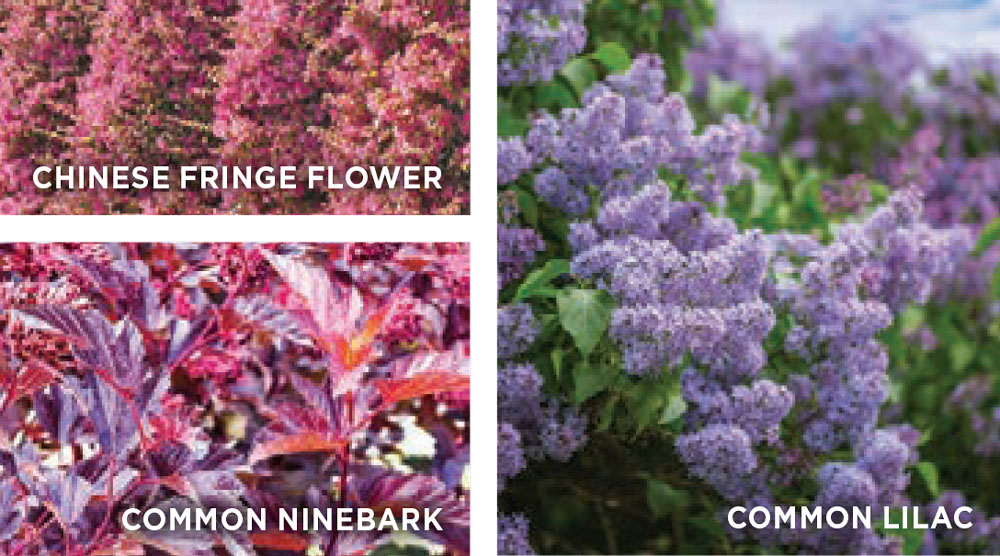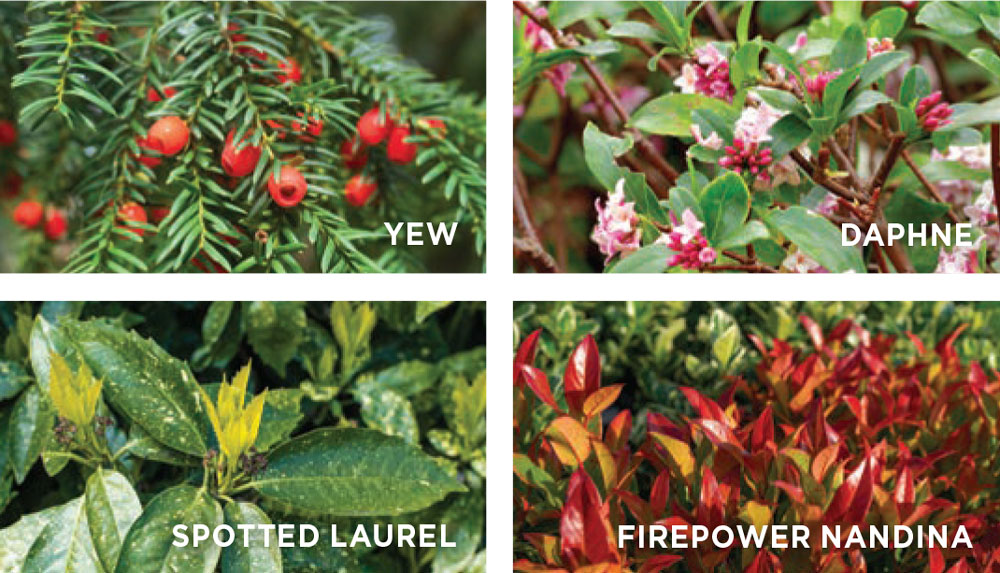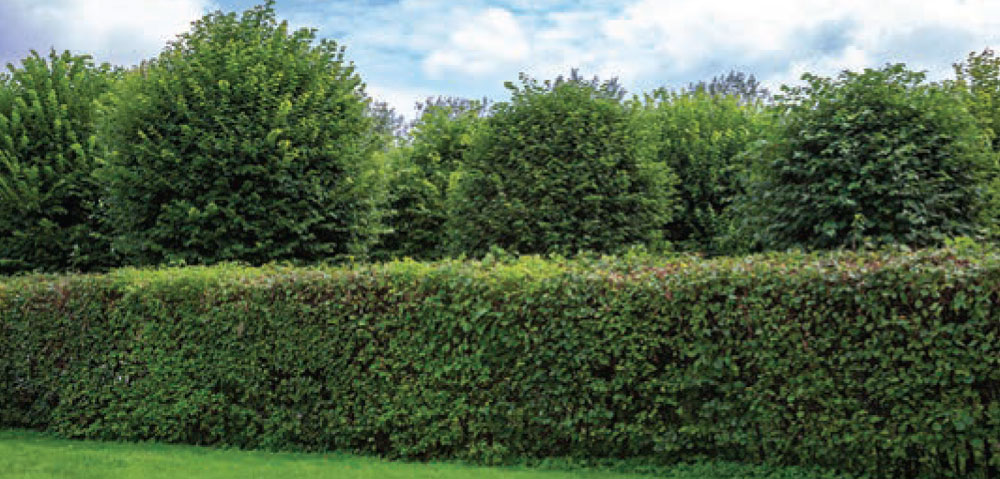Using Plants as Screens
Whether home is a city apartment or townhouse, a suburban house or a house by the lake, most of us crave a space with some degree of privacy. Fortunately, erecting a fence or wall is not the only way to create a retreat. Screening out prying eyes and hiding unlovely sights can be accomplished with strategically placed plants, both inside and out.
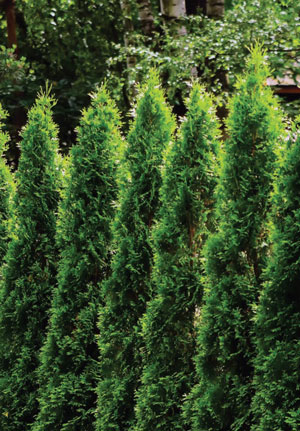 Inside out
Inside out
While potted plants work wonders as sight barriers and dividers inside open concept apartments and on patios, hedges are the most popular screens for outside spaces. Shrubs are the leaders in effective screens, but other plants such as trees, vines and ornamental grasses may also be used. One of the major advantages that growing various plants to form hedges has over building fences is that plants are likely to attract birds and bees and will change with the seasons, adding greater landscape interest.
The Spruce, a leading online source about all kinds of plants, cautions growers of hedges to do their homework before planting. Important considerations include the following:
- Property size (a larger yard = taller hedges)
- Hardiness zone (Zone 7 for Central and Southwest Virginia)
- Amount of sun
- Type of soil (soiltest.vt.edu)
- Relative need for full screening
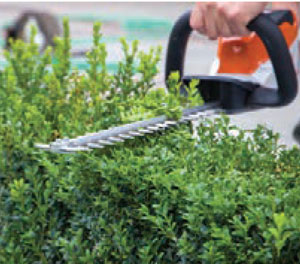 With the above information in mind, shopping for plants can begin in earnest. Remember to factor into your selection of plants the time it will take to maintain them; some require more care than others. Annual or semi-annual pruning is key to shaping shrubbery into hedges, especially fast-growing varieties that can quickly get out of hand. Be sure to prune for height as well as width and overall shape, and consider personal aesthetics. Some homeowners prefer the look of a tight, dense, sculpted hedge, whereas others lean toward a looser, airier and more naturally shaped screen. Let these specially curated cultivars turn your property into a private oasis of calm.
With the above information in mind, shopping for plants can begin in earnest. Remember to factor into your selection of plants the time it will take to maintain them; some require more care than others. Annual or semi-annual pruning is key to shaping shrubbery into hedges, especially fast-growing varieties that can quickly get out of hand. Be sure to prune for height as well as width and overall shape, and consider personal aesthetics. Some homeowners prefer the look of a tight, dense, sculpted hedge, whereas others lean toward a looser, airier and more naturally shaped screen. Let these specially curated cultivars turn your property into a private oasis of calm.
Fast-growing shrubs
If you need to quickly screen your property, the Chinese fringe flower is an evergreen shrub which grows at the rate of 2 feet annually, has delicate, perfumed blooms and is deer resistant. It likes acidic soil and grows well in full sun to partial shade. Another fast-growing shrub prized for its color is the Diablo cultivar of the Common Ninebark. This deer-resistant shrub with burgundy leaves may reach its full height of 8 to 10 feet in only one year, tolerates clay soil and grows well in full sun to partial shade. An olfactory treasure that blooms in springtime, the Common Lilac grows abut 2 feet per year in loamy soil and full sun to partial shade, reaches a mature height of 8-15 feet and has the added benefit of being deer resistant, an important attribute even in suburban locales.
Shade-tolerant shrubs
There are several shrubs that grow especially well in Virginia’s mostly moderate climate. One of the most popular is the Yew, which will thrive no matter how sunlight-deprived, and it can, surprisingly, also tolerate full sun. This hardy shrub grows only a foot per year but may reach an eventual height of 4 to 60 feet, depending on variety. This makes the shrub particularly well-suited for homeowners who expect to stay in their homes for a lifetime. The fact that all parts of this shrub are toxic means they are highly deer resistant, as well.
The green glossy leaves of the Spotted Laurel make it look as if it has been splattered with yellow paint, earning it the nickname of the gold dust plant. This shrub produces bright red berries in the wintertime and grows to 6-10 feet in height and 5-9 feet in width.
The larger Rhododendron evergreen shrub is prized for its vivid violet clusters of flowers in spring, summer and fall, plus it has a mature size of 2-20 feet in height and 3-15 feet in width.
Shrubs with special attributes
A smaller, flowering evergreen shrub that requires minimal maintenance is the Daphne. This plant typically grows into a rounded shape, making pruning an easy job. It blooms in spring, thrives in full sun or partial shade and is deer resistant.
Rather than stay evergreen, the Firepower Nandina changes color as the months pass, going from green to bright red and never dropping all its leaves. The more petite varieties make good low hedge plants and are adaptable from full sun to full shade and may easily be pruned into various shapes.
Prized for its slow growth and limited size, the Wintercreeper of the Euonymus family has vibrant blue-green leaves with serrated white edges and grows in a round shape. Its best feature is its tolerance of drought, heat or cold. With the selection of just-right plants, a private retreat can be yours. ✦

